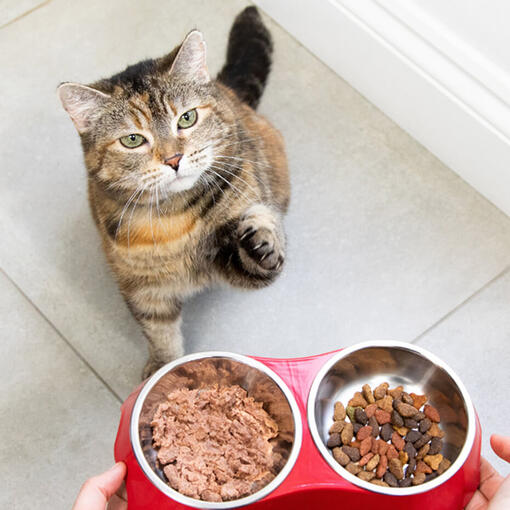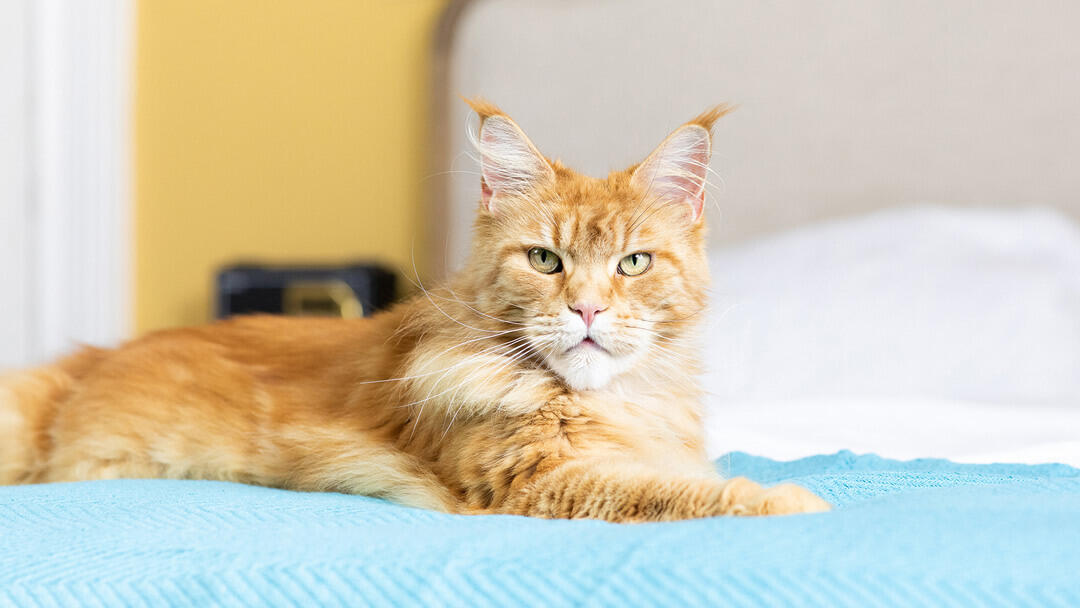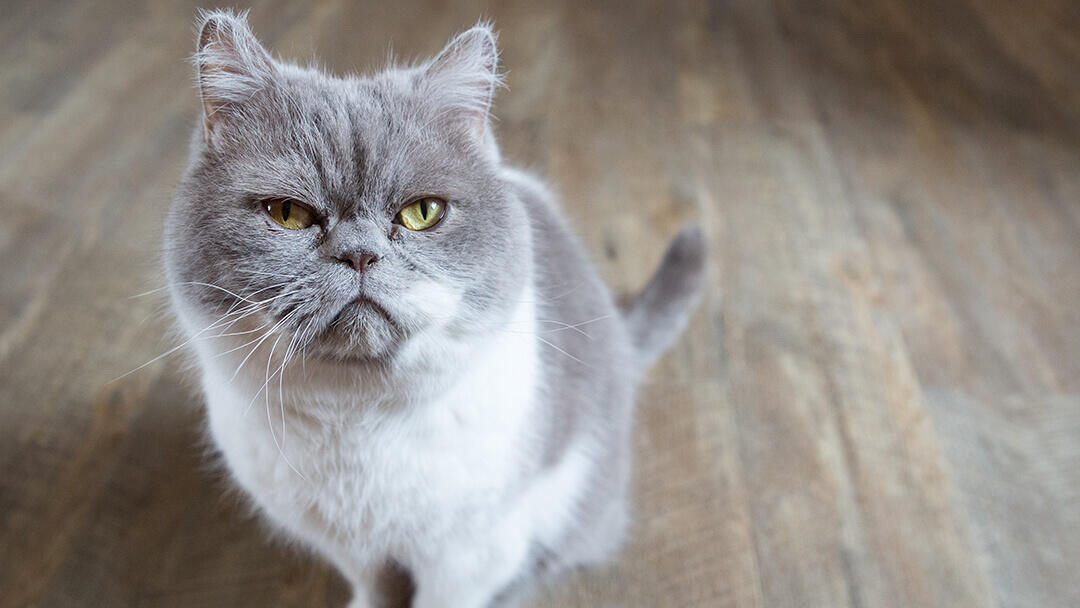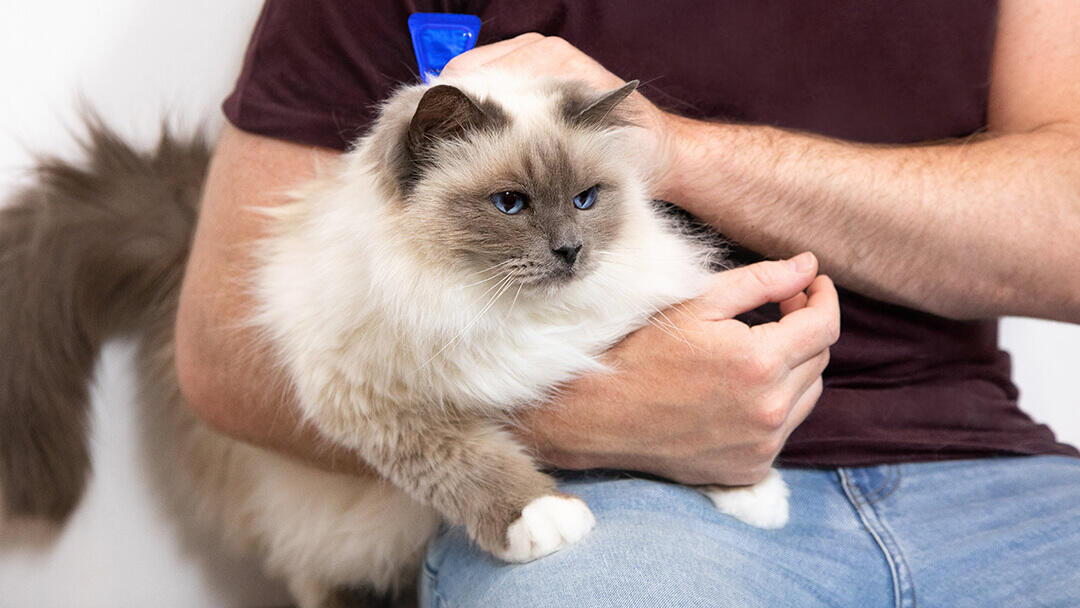Vestibular Disease in Cats: Top Symptoms and Best Treatment

Does your cat seem to be losing balance, their sense of direction or having trouble standing up? These might be signs of a syndrome called feline vestibular disease. Keep reading to find out what it is, as well as the main symptoms to look out for, so you can intervene promptly and seek veterinary advice to help your cat feel better.
What is vestibular disease in cats?
Feline vestibular disease is a disorder that affects the vestibular system, which is located in the inner ear. The vestibular system is responsible for maintaining balance, sense of direction and orientation. Cats with vestibular disease are likely to have difficulty maintaining their balance, and they may lack of coordination.
What are the symptoms of feline vestibular disease?
You might be noticing your cat bumping into things or not being able to get up. These are some of the possible signs pointing to issues in their vestibular system. Other symptoms to look out for include:
- Lack of coordination
- Circling to one side
- Unusual eye movements such as darting the eyes back and forth
- Nausea
- Vomiting
- Head tilting to one side
Depending on the underlying cause, cats will often make a complete recovery from vestibular disease. However, there are cases when something more serious is going on. Therefore, it’s key to contact the vet and arrange an appointment as soon as possible to give the best chance of recovery.
What causes vestibular syndrome in cats?
There are a number of different causes for vestibular disease. However, sometimes the cause cannot be identified, in which case it is termed feline idiopathic vestibular disease - ‘idiopathic’ means of unknown cause.
Idiopathic vestibular disease can only be diagnosed when all other possible causes have been ruled out. These include:
Ear infections
The vestibular system is located in the inner ear, so infection, either in the middle or inner ear, is one of the more common causes of vestibular disease.
Tumours
Although less common, tumours will also need to be ruled out by the vet. Since older cats are more at risk of developing tumours, this may be further investigated if your companion is in their golden years. Polyps and cysts in the ear can also be responsible for causing vestibular disease.
Medication
In some cases, adverse reactions to medication such as antibiotics may lead to symptoms similar to feline vestibular disease. It is important to remember that you should only ever give your cat medication that has been prescribed by a vet. Discover more about cats and antibiotics in our handy guide.
Are there certain cat breeds more likely to have vestibular disease?
Breeds such as Siamese and Burmese may be at increased risk of an inherited form of the disease. Of course, this doesn’t mean that all cats of these breeds will suffer with vestibular disease. It should also be noted that this is a disease that can affect any cat, at any age, any time.
How is vestibular disease diagnosed in cats?
Establishing the underlying cause for vestibular disease can be challenging. An ear examination is commonly the starting point and based on the results of this further tests may be needed such as CT or MRI scans and blood tests.
In addition, it will help the vet if they have your pet’s full medical history, so be prepared to offer this information too. Don’t forget to mention if your cat has been exposed to any toxins or is taking any type of medication.
Is there any treatment for feline vestibular disease?
The treatment for feline vestibular disease depends on the underlying cause. If an ear infection is discovered, the vet will prescribe medication such as antibiotics to treat this. If the symptoms are the manifestation of a tumour, there are a few different treatment options including surgery and chemotherapy. Although these cases are rare, you can find out more about what happens when a cat is diagnosed with cancer in our article.
Cats struggling with severe balance issues will often be prescribed drugs to help reduce symptoms such as nausea and vomiting. It’s also best for owners to find a place in the house where the cat can be confined during the initial phase when the lack of coordination might lead to falls and injuries.
Although it can be scary to see your otherwise well-coordinated cat become clumsy and struggling to stand up, the good news is that in most cases cats will recover. With your vet’s support and guidance, you and your cat should be back to your normal routine in days.
Noticing other strange changes in your pet? Check out a list of other unusual symptoms in cats to look out for, next.











